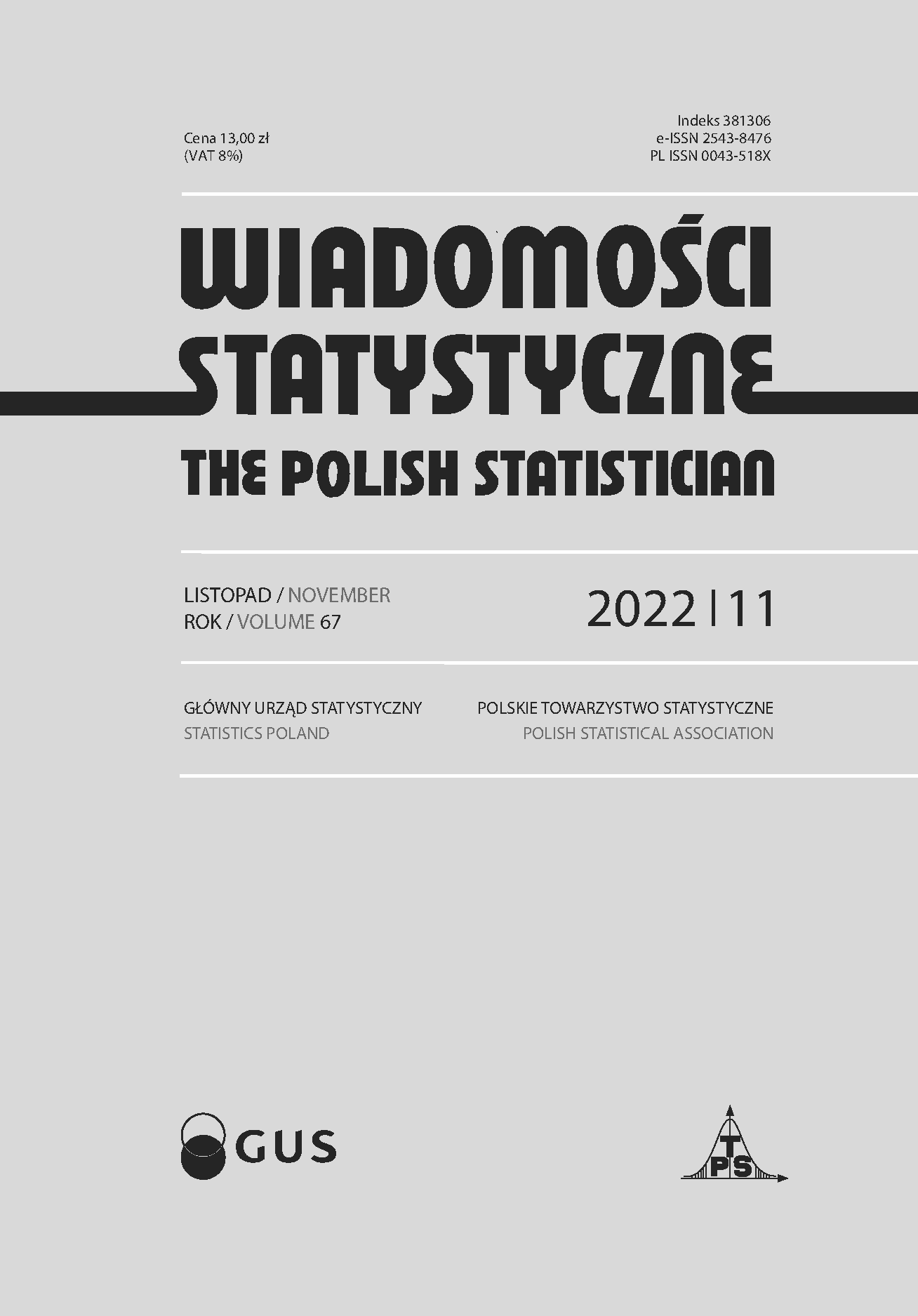Czy kurtoza mierzy spiczastość rozkładu?
Does kurtosis measure the peakedness of a distribution?
Author(s): Błażej KochańskiSubject(s): Economy
Published by: Główny Urząd Statystyczny
Keywords: kurtosis; excess; leptokurtic distribution; platykurtic distribution; flat-toppedness of a distribution; slenderness of a distribution; peakedness of a distribution
Summary/Abstract: The aim of the article is to present and justify the interpretation of the classical kurtosis as a measure of fat-tailedness and to propose modifications in the relevant didactic content. Many Polish academic textbooks describe kurtosis (or excess kurtosis) as a measure of the ‘slenderness’, ‘peakedness’ or ‘flat-toppedness’ of a distribution. This interpretation is incorrect. Kurtosis in fact measures the level of the dispersion of the values in the tails of the distribution or, in other words, the intensity of the extreme values. The article illustrates why the older interpretations which refer to the shape of the peak of the probability density function are incorrect. The study provides examples of leptokurtic flat-topped distributions and platykurtic peaked distributions. Using data from the 2000–2015 Social Diagnosis, the paper demonstrates that in empirical studies, the value of the kurtosis results from the level of the extremity of the outliers. New formulations are proposed which could replace the current, incorrect ones in statistical didactics.
Journal: Wiadomości Statystyczne. The Polish Statistician
- Issue Year: 67/2022
- Issue No: 11
- Page Range: 43-61
- Page Count: 19
- Language: Polish

